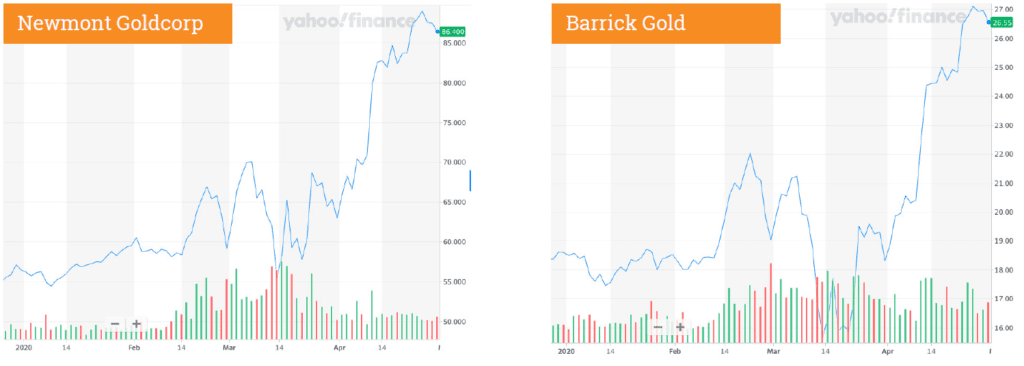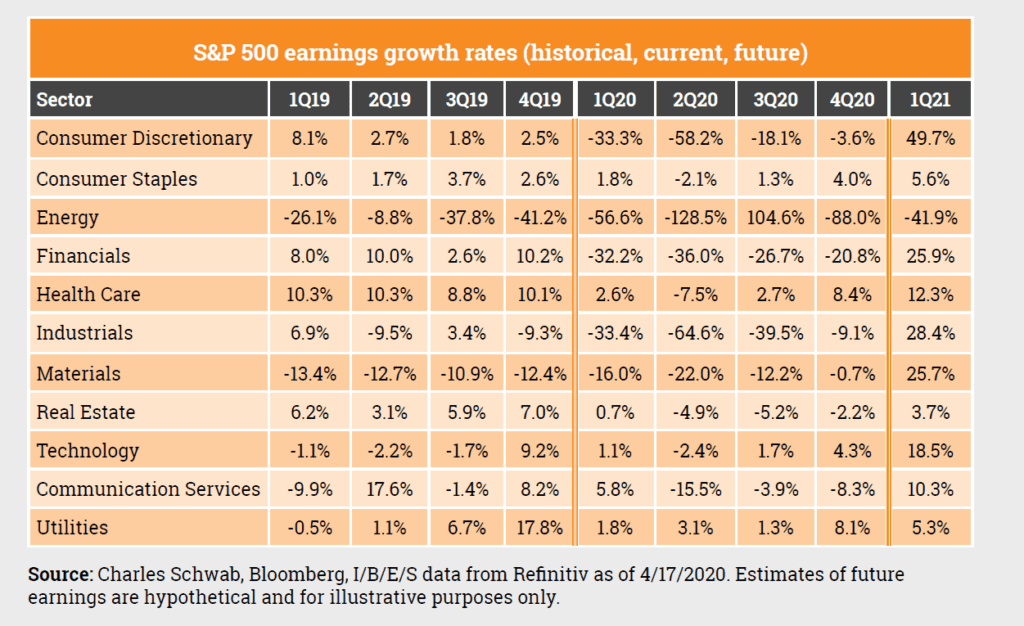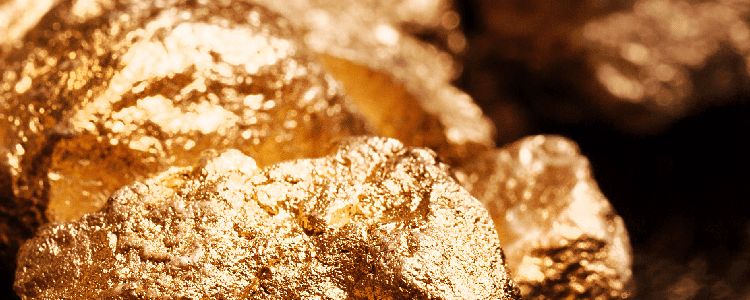Gwen Preston is the Resource Maven. Her independent letter chronicles her thoughts, buys, and sells in the world of mineral exploration, development, and mining. Gwen has a strong network of contacts, more than ten years of site visits and due diligence under her belt, a solid grasp of macroeconomics and how they shape metals price moves, and a track record of finding opportunity and managing risk in the metals and mining sector.
It remains to be seen how gold will fare as the broad market figures out its path forward. I’ve talked at length about the reasons to believe gold could do relatively well even if markets slide again, which I think they will.
In the meantime, we’re certainly seeing strength in big gold stocks, many of which lost 30 to 50 percent in March only to retake that ground and reach levels not seen since the last bull market.
Generalist dollars are undoubtedly playing a key role. We know that simply from the charts – there isn’t enough capital in the small pool of dedicated gold investors to move major gold stocks this much.
But there’s other evidence as well. The head of Fidelity, whose US $150-billion Contra fund is the largest mutual fund in the world, was strongly bullish on gold in a recent internal call. Fund traders heed direction from their superiors; if they allocate just a few percent of Contra to gold, it will likely mean billions of dollars flooding into a small market.
We’ve been waiting for generalist dollars to come in and set this bull market going for some time. The thing is, they didn’t have a clear reason to do so until now. There were moments, like the sharp market decline in late 2018, and there were overall concerns, like low average volatility and the fact that a few sectors were carrying the entire market higher, but there was no clear concern that made fund managers change their approaches.
And why should they? A fund manager’s main goal is to not underperform the market. It’s all about just beating the benchmark. This has become a dominant force in the last decade as the proliferation of market ETFs has given investors the ability to buy the market on their own, without needing a fund manager. That means fund managers have to outperform the markets just enough to keep investors interested.


The key to outperforming is to start by not underperforming. That’s why so many funds have done very little in the way of imaginative or value-seeking investing through the bull market. They’ve primarily just bought the S&P or the NASDAQ or whatever market they are benchmarked against. If they can do that and add a few stronger trades, they will outperform just enough.
That said, when markets crash, fund managers are expected to either have foreseen the situation or to profit from it. Just tracking the markets through a huge crash and bounce isn’t enough. In short, past dramatic crashes and all of the uncertainties that they’ve created have finally, after almost a decade, given fund managers a reason to look elsewhere. As they do, gold rises to the surface. Even without gold going higher, gold miners stand out across equities right now. Take earnings, for example. Earnings are way down in many sectors. Here’s Schwab’s projection of quarterly S&P 500 (see table) earnings by sector over the next year:
Those are terrible numbers. By comparison, gold miners saw their earnings rise 47 percent in 2019 – and gold keeps climbing. So, while COVID-19 shutdowns will hamper things to some extent this year, gold mining will be one of the few sectors posting strong earnings growth, and will also likely post the best numbers. Combine strong earnings with robust balance sheets and gold miners stand out across equities on basic financials. Gold price upside is a bonus.
This generalist interest is the most important force in the gold space right now, and it’s no longer a hypothesis; it’s real and it’s happening. It is moving major mining stocks already, and I think the flood of investor interest in gold is going to build fast.
We’re seeing one particularly interesting outcome from that fast flood of interest: there are few explorers actively drilling right now. COVID-19 is disrupting exploration work; winter drill programs that were underway have largely been halted while pending programs are in limbo.
This means we’re looking at a gold market that is keen for exciting news. I’ve been talking to junior explorer execs who aren’t sure what they are going to be able to do this exploration season. Restrictions vary widely from country to country, province to province, but a good number of programs will not happen and many will be smaller than originally planned because COVID-19 restrictions will make it harder to bring workers in. That will limit exploration news flow.
I also keep seeing evidence that companies that have remained active and are therefore putting out news are attracting lots of attention. Take KORE Mining (TSX-V: KORE), for instance, which put out a PEA on its flagship Imperial project but has also kept up a steady stream of exploration news from that and other projects; its share price is up 230 percent from its March low. It got a chunk of that upside after it outlined results from a geophysics program. Let’s be honest: geophysics doesn’t usually generate such a response, but I think KORE’s ongoing news flow has investors attuned to its value proposition.
The fact that active explorers are rarer than usual just when the market is gravitating towards interesting exploration results makes me want to identify juniors with pending news that may be interesting.












